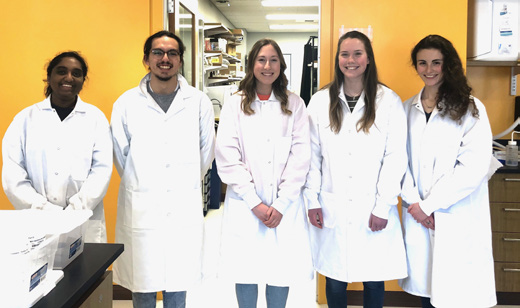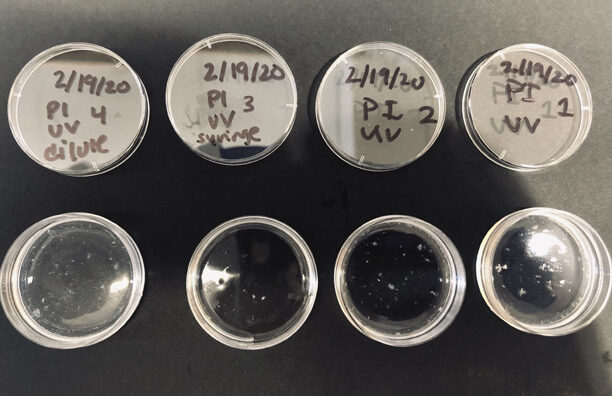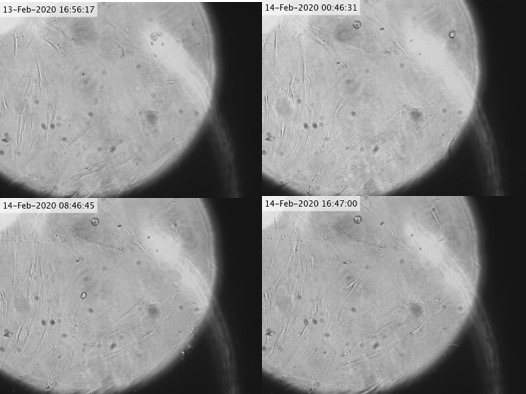
Figure 1

Figure 2

Biomedical Engineering
Team 24
Team Members |
Faculty Advisor |
Alexis Duggan |
Kazunori Hoshino Sponsor Biomedical Engineering |
sponsored by

Due to the increasing elderly population and number of complicated bone related diseases, engineers have been investigating the uses of interactive titanium implants in biomedical applications. Current research is still in the process of creating a bioactive and successfully osseointegrated femur implant that is safe to be surgically placed in patients. This report presents possible structures, methods, treatments, and materials that can be implemented to ultimately create a porous, titanium smart implant with microchannels. The implant constructed will have a titanium body with appropriate stiffness, tensile strength, and compressive strength that can be handled in vivo. In addition to this core structure, this implant will also contain a hydrogel scaffold to initiate cell growth and interaction using cell culture and animal cell lines. The hydrogel procedure has been developed and tested, fibroblast cells are being cultured for testing (for future osteoblast use), and these components will combine to form the matrix within the titanium scaffold.
